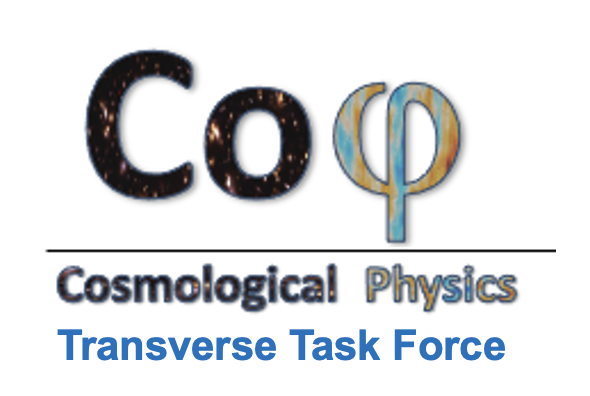Orateur
Description
In standard cosmological models, inflation is driven by a quantum field, the inflaton, whose constant energy density drives the superluminal expansion of the universe. When inflation stops, the universe has an extremely low density but the inflaton field starts to oscillate around its minimum of energy and decays into entangled pairs of particles. This is known as the pre-heating phase. Created pairs of particles then start to interact leading to decoherence and thermalization: the re-heating stage.
Although in situ observation of inflaton particle creation process is impossible, pair pro- duction through parametric amplification is analogous to the creation of phonon pairs in a Bose-Einstein (BEC) condensate whose interaction strength is temporally modulated. Modulating the stiffness of a dipole trap of a cigar shaped BEC is equivalent to modulating the effective one-dimensional interaction strength in a BEC, and thus we are able to probe the correlation of entangled metastable helium atoms by the use of a micro-channel plate detector (MCP). Our experimental procedure is the following: we modulate in time the trap stiffness of the dipole trap laser and then release the trap. The number of phonon pairs is expected to depend on the duration of the excitation, its amplitude, and the excitation frequency. However, the parameter range over which the entanglement of the phonon pairs can be observed is expected to be quite narrow. We report on our investigations of the entanglement and correlations of the pairs.



